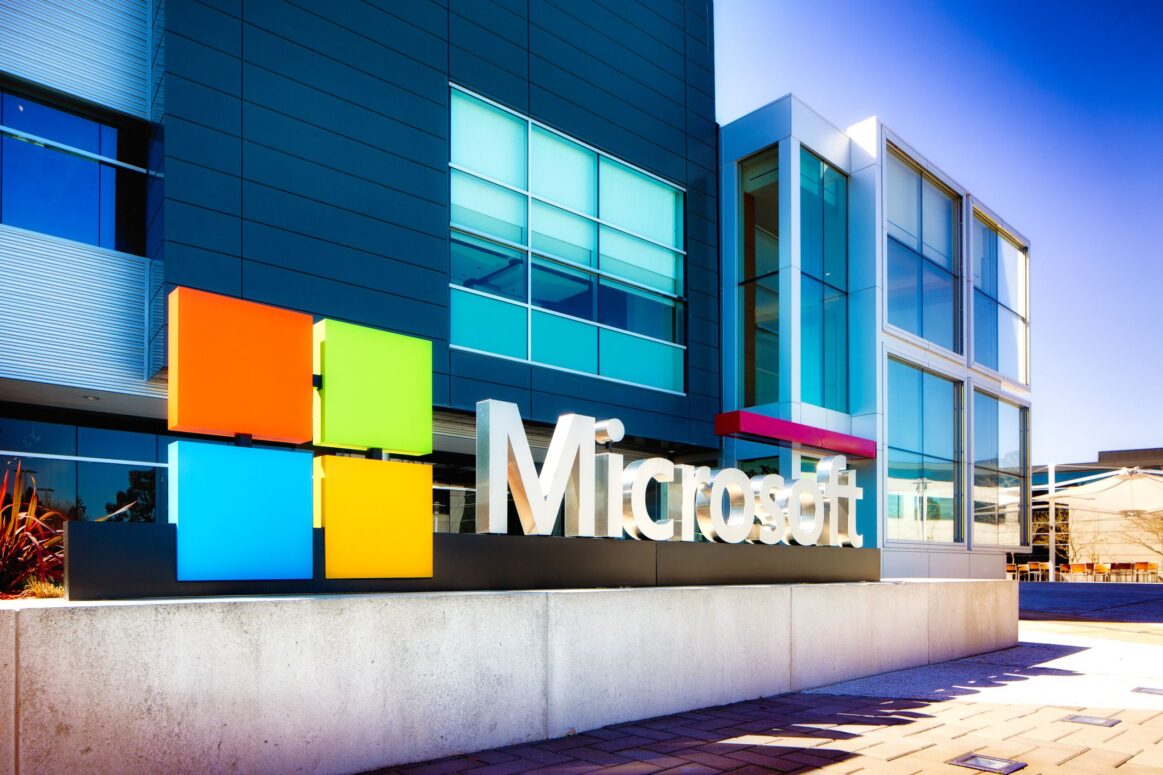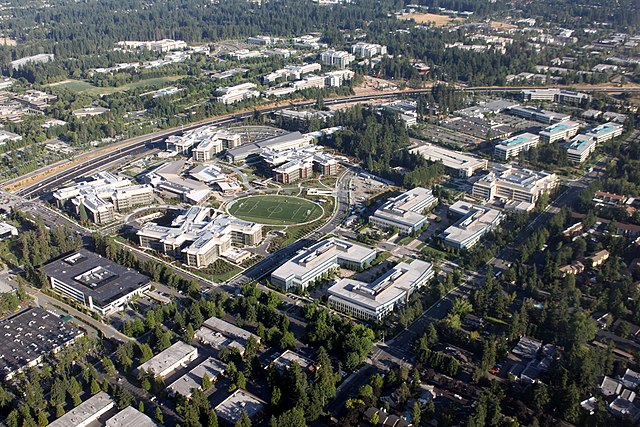Microsoft: A Comprehensive Overview
Introduction
Microsoft Corporation is one of the most influential and recognizable technology companies in the world. Renowned for its innovative software, hardware, and services, Microsoft has played a pivotal role in shaping the modern digital landscape. From its humble beginnings to its current status as a global tech giant, Microsoft continues to drive advancements that impact billions of lives daily. This article delves into the key aspects of Microsoft, including its founders, leadership, history, headquarters, and the myriad of uses its products and services offer.

Microsoft Founders
Microsoft was founded by Bill Gates and Paul Allen on April 4, 1975. The two childhood friends shared a passion for computer programming and vision for the future of personal computing.
- Bill Gates: Often recognized as the face of Microsoft, Gates played a crucial role in developing the company’s software products, including the iconic Windows operating system. Beyond his contributions to Microsoft, Gates is renowned for his philanthropic efforts through the Bill & Melinda Gates Foundation.
- Social Media: Bill Gates on Twitter
- Paul Allen: Allen was instrumental in the early development of Microsoft, contributing to the company’s technical direction and securing crucial business deals. Although he left Microsoft in the early 1980s, his legacy continues through his various ventures in technology, sports, and philanthropy.
- Note: Paul Allen passed away on October 15, 2018. As a result, he does not maintain active social media profiles.
Microsoft CEO
As of the latest information available in October 2023, Satya Nadella serves as the Chief Executive Officer (CEO) of Microsoft. Nadella took over the role in February 2014, succeeding Steve Ballmer. Under his leadership, Microsoft has seen significant growth, particularly in cloud computing, artificial intelligence, and subscription-based services.
- Satya Nadella:
- Background: Born in Hyderabad, India, Nadella joined Microsoft in 1992 and held various leadership roles before becoming CEO. His focus on empathy, innovation, and collaboration has revitalized the company’s culture and strategic direction.
- Social Media: Satya Nadella on Twitter
Microsoft Ownership
Microsoft is a publicly traded company, meaning it is owned by its shareholders. There is no single owner; instead, ownership is distributed among millions of individual and institutional investors who hold Microsoft stock. Major shareholders typically include large investment firms and mutual funds.
- Stock Information: Microsoft is listed on the NASDAQ stock exchange under the ticker symbol MSFT.
Microsoft History
Microsoft’s journey from a small startup to a global powerhouse is marked by innovation, strategic acquisitions, and adaptability.
- 1975: Founded by Bill Gates and Paul Allen in Albuquerque, New Mexico, to develop and sell BASIC interpreters for the Altair 8800.
- 1980: Microsoft forms a partnership with IBM to provide an operating system (MS-DOS) for IBM’s personal computers, establishing Microsoft as a key player in the software industry.
- 1985: Launch of the first version of Microsoft Windows, an operating system with a graphical user interface (GUI) that would become the foundation for future Windows versions.
- 1990s: Introduction of Microsoft Office, a suite of productivity applications including Word, Excel, and PowerPoint, which became standard tools in businesses and homes worldwide.
- 2001: Release of the Xbox gaming console, marking Microsoft’s entry into the gaming industry.
- 2014: Satya Nadella becomes CEO, leading a strategic shift towards cloud computing and subscription-based services.
- 2020s: Expansion into artificial intelligence, cloud services (Azure), and continued dominance in software and hardware markets.
Microsoft Headquarters
Microsoft’s global headquarters are located in Redmond, Washington, USA. The sprawling campus spans over 500 acres and includes state-of-the-art facilities, research centers, and green spaces designed to foster innovation and collaboration among employees.

What is Microsoft Used For
Microsoft’s extensive range of products and services cater to various aspects of personal and professional life. Here’s an overview of what Microsoft is used for:
- Operating Systems:
- Windows: The most widely used desktop operating system globally, powering millions of PCs with its user-friendly interface and robust functionality.
- Productivity Software:
- Microsoft Office Suite: Includes applications like Word, Excel, PowerPoint, Outlook, and more, essential tools for businesses, education, and personal use.
- Microsoft 365: A subscription-based service offering cloud-based Office applications, collaboration tools like Teams, and enhanced security features.
- Cloud Computing:
- Azure: A comprehensive cloud platform providing services such as computing, analytics, storage, and networking, enabling businesses to build, deploy, and manage applications efficiently.
- Gaming:
- Xbox Consoles: A popular gaming platform offering a wide range of games and services.
- Xbox Game Pass: A subscription service providing access to a vast library of games.
- Hardware:
- Surface Devices: A line of laptops, tablets, and hybrid devices known for their sleek design and performance.
- Peripherals: Including keyboards, mice, and other accessories designed to enhance user experience.
- Enterprise Solutions:
- Dynamics 365: A suite of intelligent business applications for CRM and ERP.
- Power Platform: Tools like Power BI, PowerApps, and Power Automate for business analytics and process automation.
- Artificial Intelligence and Machine Learning:
- Cognitive Services: APIs and services that enable developers to integrate AI capabilities into their applications.
- Azure AI: Tools and frameworks for building intelligent applications.
- Security:
- Microsoft Defender: Comprehensive security solutions to protect against malware, phishing, and other cyber threats.
- Azure Security: Services to secure cloud environments and applications.
Conclusion
Microsoft’s enduring legacy in the technology sector is a testament to its ability to innovate, adapt, and lead in various domains. From its foundational software products to cutting-edge cloud services and hardware solutions, Microsoft continues to shape the way we work, play, and connect. Under the visionary leadership of Satya Nadella, the company remains committed to driving progress and delivering value to its global user base. Whether you’re a business professional, gamer, developer, or everyday user, Microsoft’s diverse array of products and services offers tools to enhance productivity, creativity, and security in the digital age.
References
- Microsoft Official Website
- Bill Gates on Wikipedia
- Satya Nadella on Wikipedia
- Microsoft History
- Microsoft Headquarters
- Microsoft Products and Services

